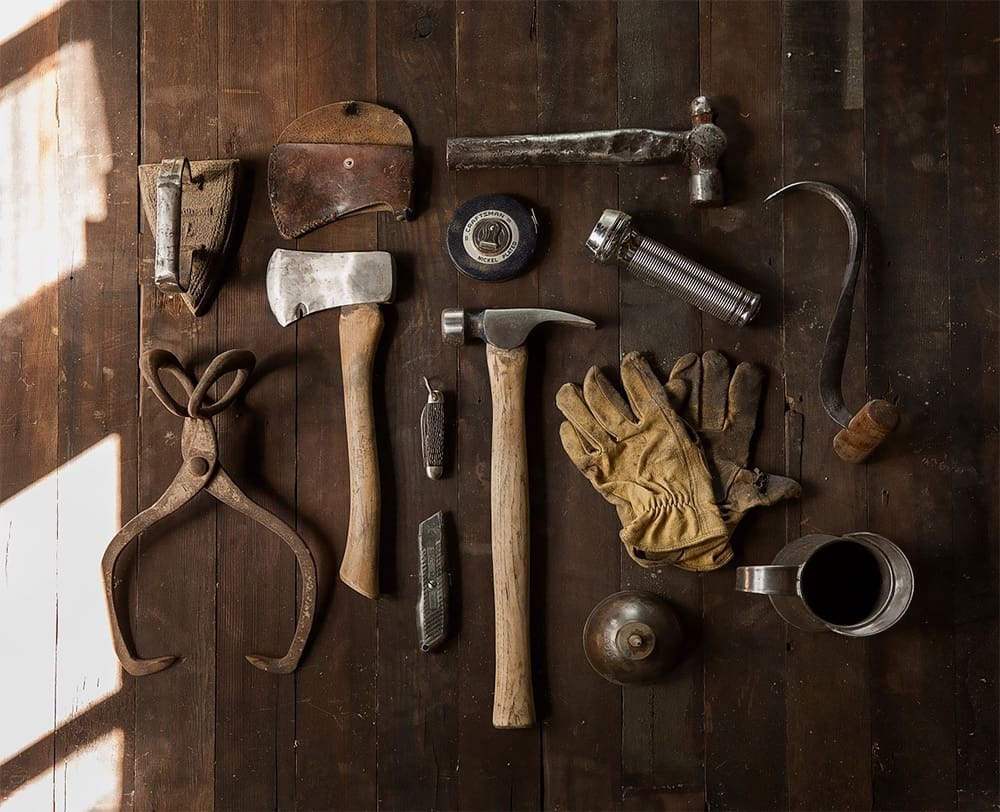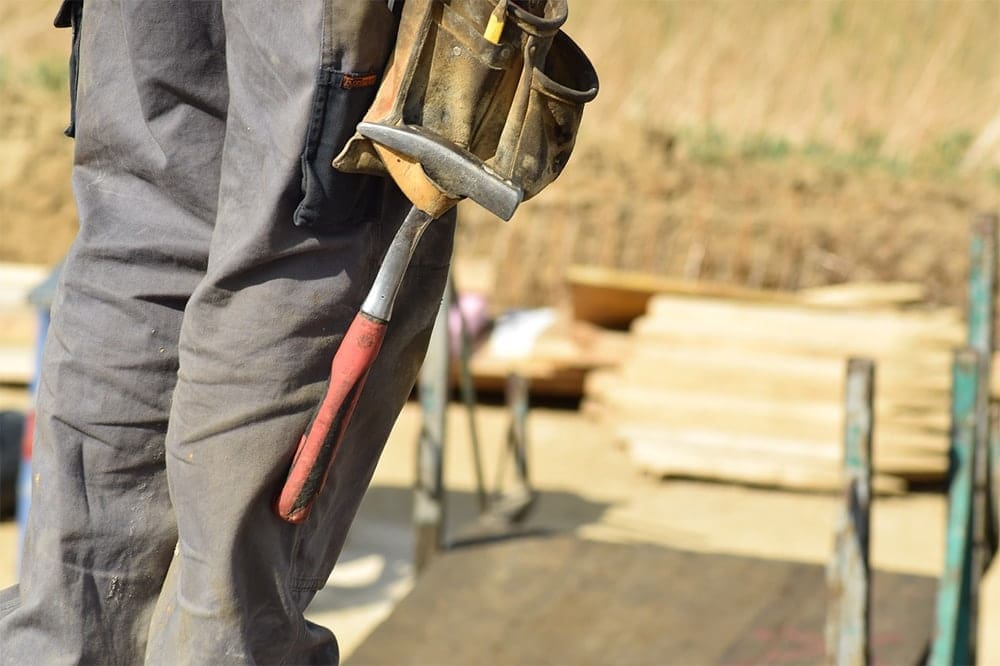Whether you have just bought your first home or you are looking to gain the DIY skills necessary to own a property, there are some things that simply every gentleman homeowner should know how to do. Whether it’s carrying out everyday maintenance or one-a-decade renovations, having a good idea of how to perform key DIY tasks can save you a lot of time and money. Here are four DIY that every gentleman homeowners need to know how to do – thankfully, they are all very easy to learn.
- Clearing the gutters
Clearing the gutters is one of the simplest DIY tasks, but it is something that many homeowners fail to do, or neglect to perform safely. The truth is that correctly carrying out gutter clearing is all down to using the correct equipment. Too many people will attempt to improvise a way to get up high enough to clean the gutters – for example, if you have a step ladder to hand that allows you to just reach the gutter, this is not a safe way to work.

Alternatively, if you are clearing the gutters of a bungalow it may actually be safest to use a step-ladder rather than a full-size ladder.
- Fix a leaking tap
A leaking tap in the kitchen or bathroom is an issue that many people simply put off. After all, it’s not causing any damage and is more of an irritation than a problem. But what starts off as an annoying drip can get worse over time and is indicative of a tap that needs to be fixed before it breaks. Thankfully fixing a leak is simple.
Firstly ensure that your water supply is turned off at the mains, then remove any decorative parts. Underneath you should find a screw that connects the handle to the step, this can be unscrewed. You can then use a wrench to loosen the packing nut which will allow you to remove the stem – check these parts for any damage. If you can’t see anything then move on to the O-ring and washer inside the valve. These are the most likely reasons for a leak. Replace any broken or faulty parts and reattach the whole of the tap.
- Proper painting
Painting might seem like a task that everyone knows how to do – how hard can it be to dip a brush in paint and then apply it to a wall? However, getting a paint job wrong can lead to poorly applied colors and paint that starts chipping only a couple of months after having been applied. If you are painting interior walls that are already painted, it is very easy to get it right, you just need to know the correct steps to take.
Firstly, you need to wash the walls you are going to be painting before filling holes and cracks with a good quality filler. The filler can then be sanded down and primed (note that the previously painted walls do not generally need to be primed). Check the wall for imperfections and sand down the area thoroughly – it may be necessary to sand the whole wall.
Now repaint the wall in your new color. If you are painting a very dark color to a new light color it can make sense to do a couple of coats in the cheaper white paint first so that the more expensive colored paint can be purely used for the top coat.
- Soldering
Knowing how to solder is vital if you want to learn how to fix any electronics in your home, so if you have never mastered the soldering iron, now could be a perfect time. Many of us remember working with a soldering iron at school but would you feel confident picking one up now? The truth is it is easy once you re-master the basics.


Firstly you will need the right tools: a soldering iron, solder, and appropriate safety equipment such as goggles. All of these are relatively cheap and can be picked up easily at DIY stores or online. Now get used to using your iron – one part of the soldering iron will get hottest and it’s not the tip. It will be one of the sides near the tip of the iron; this is the part of the iron you should use for soldering.
To solder, a joint simply heat the two components, then place a little solder against the iron which will melt quickly. This will then bind the two components.




